The faint ticking sound on the tent walls changed from that of mosquitos bouncing into it to tiny rain drops.... which eventually became torrents of rain. Then add blustering wind and you have what the night was like. Unfortunately it turned out that the tent leaked... not so much leaked, exactly, but the waterproofing had all worn off and the areas not protected by the rainfly quickly became saturated, slowly dripping into the tent and soaking anything that happened to be touching them (such as a sleeping bag, clothes or backpack).
There were still MANY mosquitoes on the tent, having sought refuge from the rain. I had to wonder what the swamp would have been like. If down here it was relatively low numbers during the day but high in the evening, and up at the swamp it was high during the day... what must it have been like in the evening! Scary.
We packed all our stuff inside the tent. Then we rushed out, quickly packed up tent and left... although once we had shaken them all off of he tent, the mosquitoes weren't too bad.

Rolling up the wet tent
The tall grass and plants were very VERY wet and our pants soaking by the time got back on the trail. We did the three river crossings again but this time we knew not to bother to change back into shoes in between.


#1
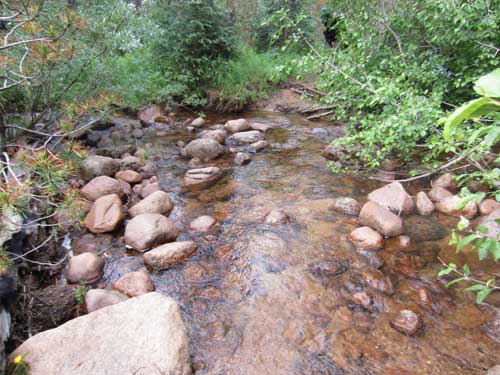
#2

#3. I can't even begin to convey how exceedingly cold this water was!!
For breakfast we just had a few snacks after we crossed the streams. Then we continued on. While technically these were all just the same flowers and same scenery we had seen the previous day, it still held a mesmerizing beauty and newness.


A Northern Crescent

Drops of rain still rest on these columbines.

Chiming Bells

Our lovely cinquefoil again
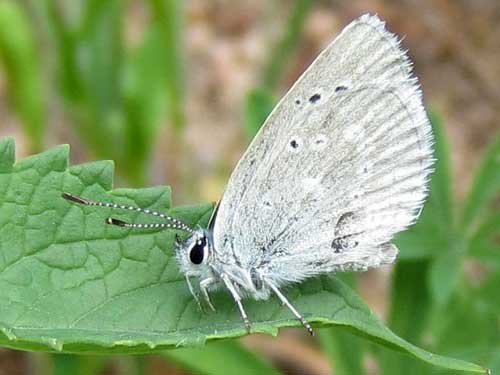
A Boisduval's Blue

Slendertube Skyrockets

Stickseed Forget-Me-Not (also Manyflower Stickseed)

White Larkspur
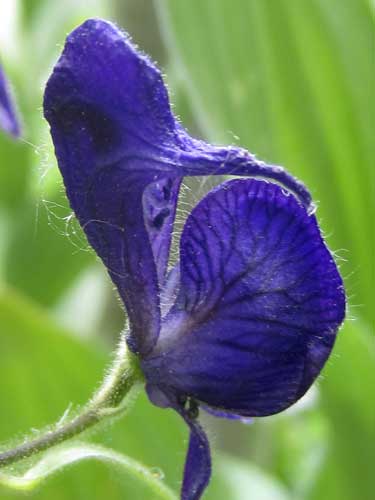
Monkshood

The range of geraniums, from white...

... to deep pink. The darker lines on the petals basically serve as little runway markers for insects, directing them to the center of the flower where the nectar is.

This is a Tall White Bog-Orchid (also Bog Candles). As the name implies, it likes wet areas.

Red, blue, purple, yellow, white... so many flower colors in such a small area!

Pink geraniums and blue flax living side by side.


Bog Wintergreen (also Pink Pyrola) gets its name from the fact that its leaves maintain their green color through winter. It is in the heather family.


The raspberry is in the rose family.
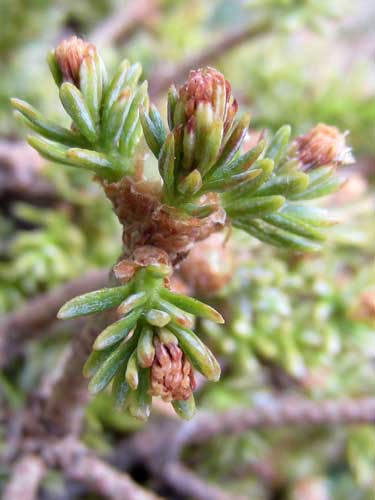
Mistletoe is the common name for several families of parasitic plants that attach to a host plant and absorb water and nutrients from it.
We left our backpacks by the side of the trail and climbed down to river. It was very overgrown with lots of debris in the water. We climbed out on a log for a better view then headed back.

Scarmbling among rocks, logs and brush


The flowers of White Peavine (White Sweet Pea, Nevada Pea) are usually white but can turn pinkish with age.

The sunflower is a composite flower meaning that hundreds (or sometimes thousands) of flowers are grouped together to form a single flower-like structure. The real flowers (florets) are generally small and often greatly simplified, but the pseudanthium (false flower) can be quite large.

Salsify can come in basically every flower color imaginable.

Liquid diamond
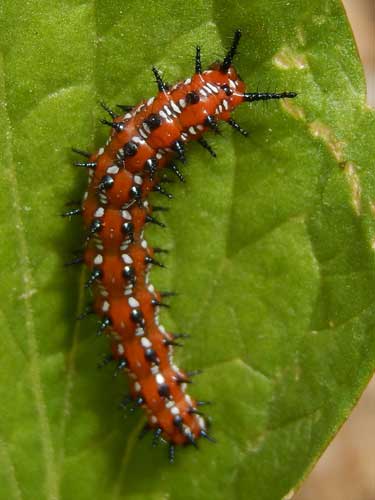
Variegated Fritillary Caterpillar

A Western Terrestrial Garter Snake. Garter Snakes are the single most widely distributed species of reptile in North America. There is little variation within the pattern among the different varieties, but coloration varies widely.

These ants were highly aggressive, even standing up on their back legs to threaten us for getting too close.



A metallic green Blister Beetle rests on some Lupine. These beetles are often brightly colored to warn potential predators of their toxicity (caused by the blistering agent, cantharidin).

Rushes and sedges are not true grasses. They merely resemble them. Rushes have cylindrical stalks or hollow, stemlike leaves. Sedges have stems with triangular cross-sections ("sedges have edges").

Sickletop Lousewort (also called Parrot's Beak, Mountain Figwort or Ram's Horns) refers to the flower's distinctive curved shape. Louseworts are partially parasitic plants, deriving some of their nutrients from host plants through a root graft.

Yellow Stonecrop is also known as Orpine, Lanceleaf Stonecrop and Spearleaf Stonecrop. There are around 400 species of stonecops. Plants in this family have thick sap and succulent, wax-coated leaves that store water. These adaptations allow the plant to live at all elevations and under a wide variety of conditions. In fact, some members of this family are so hardy that botanists must destroy the epidermal layers of picked specimens in order to keep them from growing, even after they have been pressed.


